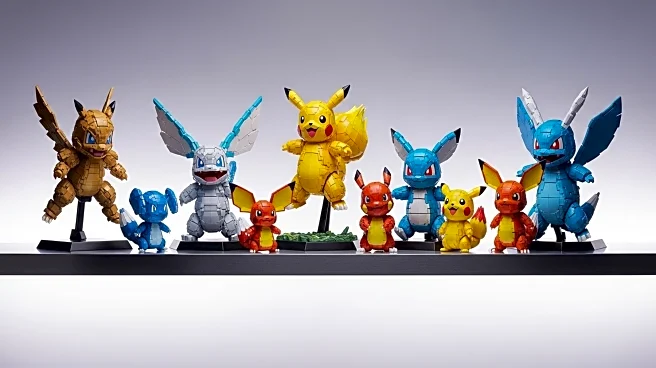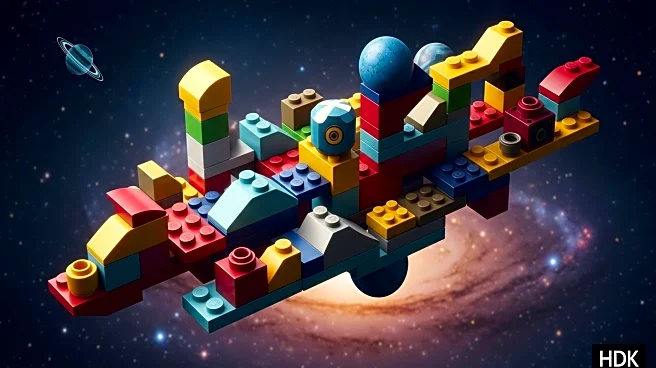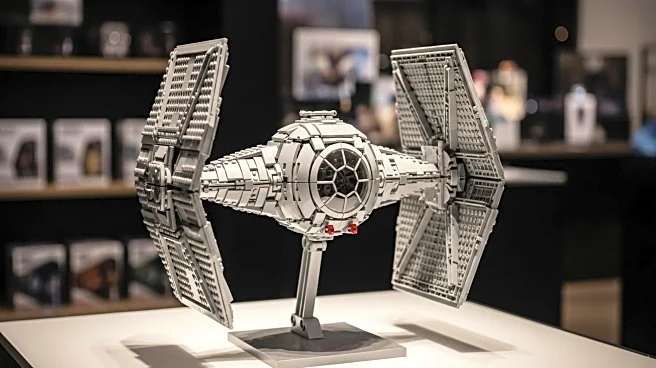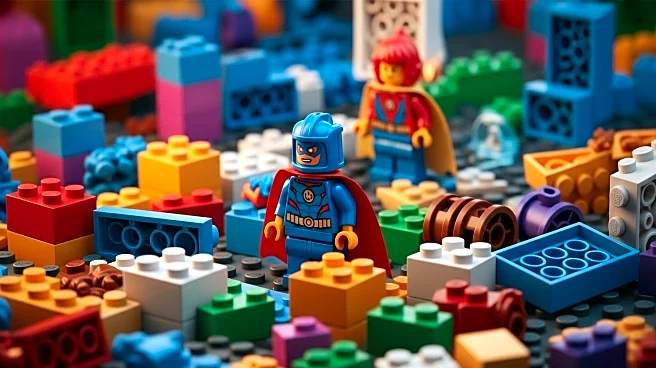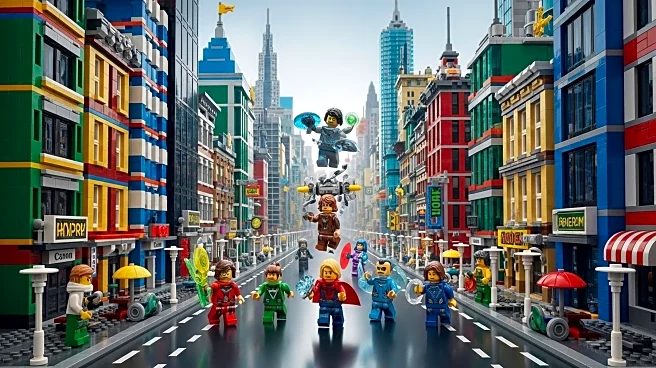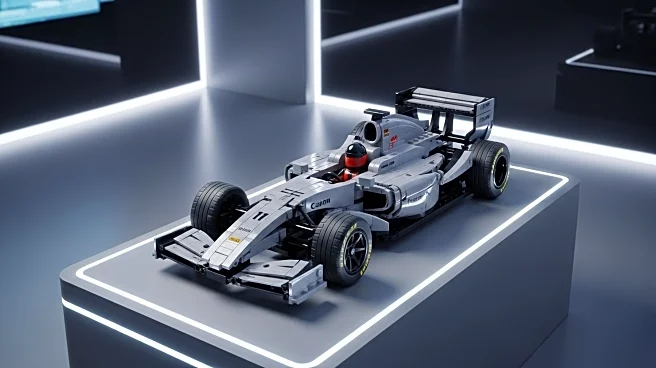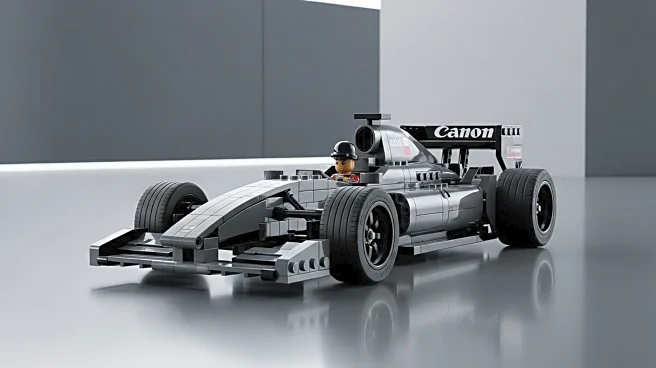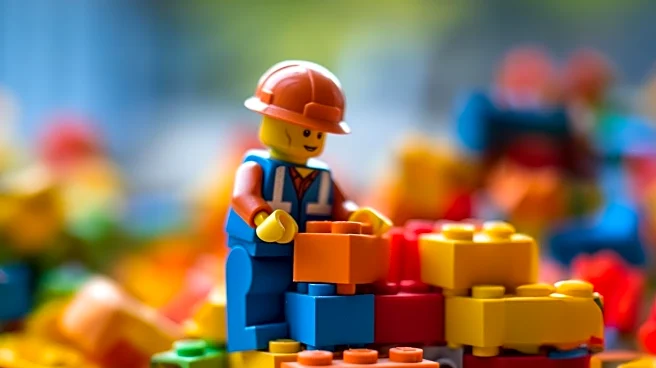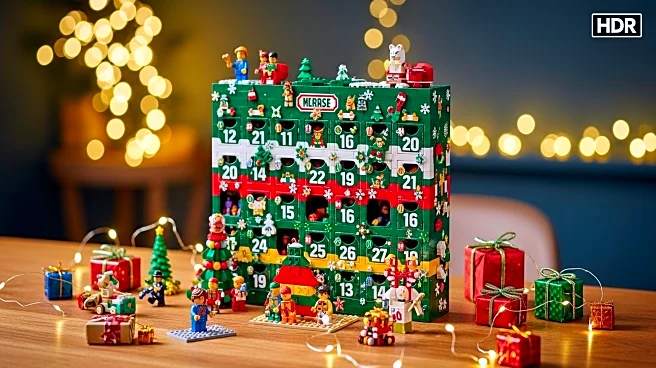What's Happening?
Spin Master has expanded its 4D Build puzzle brand to include officially licensed Pokemon 3D model kits. These kits feature the Generation 1 Starter Pokemon: Pikachu, Squirtle, Charmander, and Bulbasaur. Each model is constructed from EPS foam pieces that fit together like a puzzle, eliminating the need for scissors or glue. The models are priced at $22, but Amazon is currently offering a 10% discount. This launch adds to Spin Master's existing lineup of licensed models from popular franchises such as Star Wars, Marvel, and Harry Potter.
Why It's Important?
The introduction of Pokemon 3D model kits by Spin Master taps into the enduring popularity of the Pokemon franchise, which has a vast fan base across various age groups. By offering these models at an affordable price, Spin Master is likely to attract both collectors and casual fans, potentially boosting sales and expanding its market share in the toy and model kit industry. This move also reflects a broader trend of leveraging popular entertainment franchises to create engaging and interactive products that appeal to consumers' nostalgia and fandom.
What's Next?
As the holiday season approaches, Spin Master may see increased demand for these Pokemon model kits, especially with the added appeal of discounts. The company might also consider expanding its lineup to include more Pokemon or other popular characters from different generations. Additionally, with Lego set to launch its own Pokemon sets next year, the competition in the market for licensed Pokemon building kits is expected to intensify, prompting companies to innovate and offer unique features to capture consumer interest.
Beyond the Headlines
The launch of these Pokemon model kits highlights the growing trend of combining traditional toys with modern pop culture elements. This approach not only revitalizes interest in classic toys but also encourages creativity and hands-on engagement among consumers. Furthermore, the use of eco-friendly materials like EPS foam in these kits aligns with increasing consumer demand for sustainable products, potentially setting a precedent for future toy manufacturing practices.

